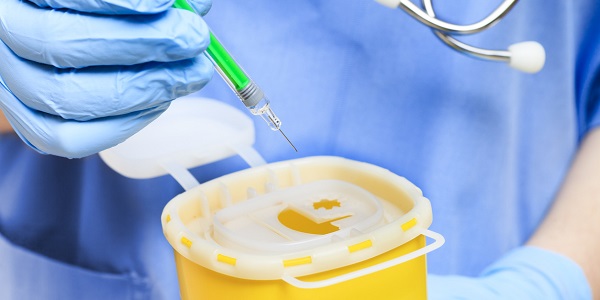Reuse of single-use medical devices in the European Union

European Commission issues draft Implementing Regulation
Article 17 of the European Medical Devices Regulation 2017/745 (MDR) covers reprocessing of single-use medical devices. It indicates that reprocessing of single-use devices is only permitted if specifically allowed by national law in a Member State. It also sets down requirements when such reprocessing is permitted, unless the Member State sets out stricter national requirements.
Organizations that reprocess single-use devices for further use are considered to be the manufacturer of the reprocessed device and assume the obligations of the manufacturer in Article 10 of the MDR. The name and address of the original manufacturer of the single-use device cannot appear on the label but is to be indicated in the instructions for use of the reprocessed device. Member States may decide not to apply all the obligations of the manufacturer onto health institutions, or external reprocessors acting on their behalf, that reprocess single-use devices for reuse within that institution, provided:
- the safety and performance of the reprocessed device is equivalent to the original device;
- reprocessing is performed in accordance with a Common Specification (CS) to be produced by the European Commission (EC).
The EC has to adopt the CS by 26 May 2020. Compliance with the CS is to be certified by a notified body.
The draft Implementing Regulation containing the CS – Single-use medical devices – safety and performance requirements for reprocessing – was made available for comment on 23 July 2019. This period ended on 20 August 2019. The draft indicates that the regulation enters into force 20 days after publication of the final text and that it applies from 26 May 2020.
The draft document indicates that it is necessary to exclude single-use devices that cannot safely be reprocessed due to their potential hazards or specific technical characteristics. To do this, the characteristics of single-use devices concerning construction, material properties and planned application have to be taken into account within the risk management procedures of the reprocessor. The draft identifies characteristics such as:
- technical specificities and geometrical properties of the product;
- material composition and leachable materials,
- microbiological contamination, prions and transmissible spongiform encephalopathy agents,
- endotoxins, pyrogenic reactions, allergic reactions and toxic reactions.
The draft lists examples of single-use devices considered unsuitable for reprocessing, including devices:
- that are implantable;
- that administer cytostatic or radiopharmaceutical medicines;
- that incorporate medicinal substances;
- for use in invasive procedures on the central nervous system;
- with batteries which cannot be changed or present a risk of malfunctioning after reprocessing;
- with internal data storage which cannot be changed;
- with cutting or scraping blades, drills or components wearing off that are no longer suitable after the first use and cannot be changed or sharpened;
- that pose a risk of transmission of spongiform encephalopathies; or,
- for which serious incidents have occurred after reprocessing.
The draft also includes requirements for:
- not changing the original intended purpose of the single-use device as indicated in its instructions for use;
- establishing a monitoring process to identify any change made by the manufacturer to components, materials, or specifications of the single-use device that may have an impact on reprocessing;
- staff, premises and equipment;
- the quality management system(s) of the health institution and any external reprocessor;
- the procedure by which the reprocessing process is established;
- determining the maximum number of reprocessing cycles which can be applied to the reprocessed single-use device;
- collecting information on serious incidents arising in connexion with reprocessed devices and reporting such incidents to the competent authority;
- traceability of the reprocessed single-use device, including the reprocessing cycles conducted on the device, the patients on which the device has been used and its final disposal.
Organizations with an interest in reprocessing of single-use devices should carefully review the draft Implementing Regulation.
Author: Eamonn Hoxey, of E V Hoxey Ltd, UK, is a writer, trainer and consultant on a range of life science areas including regulatory compliance, quality management, sterility assurance and standards development
Request more information today for a call back from a member of our sales team so that you can get a better understanding of how Compliance Navigator can meet your needs.
The Compliance Navigator blog is issued for information only. It does not constitute an official or agreed position of BSI Standards Ltd or of the BSI Notified Body. The views expressed are entirely those of the authors.

